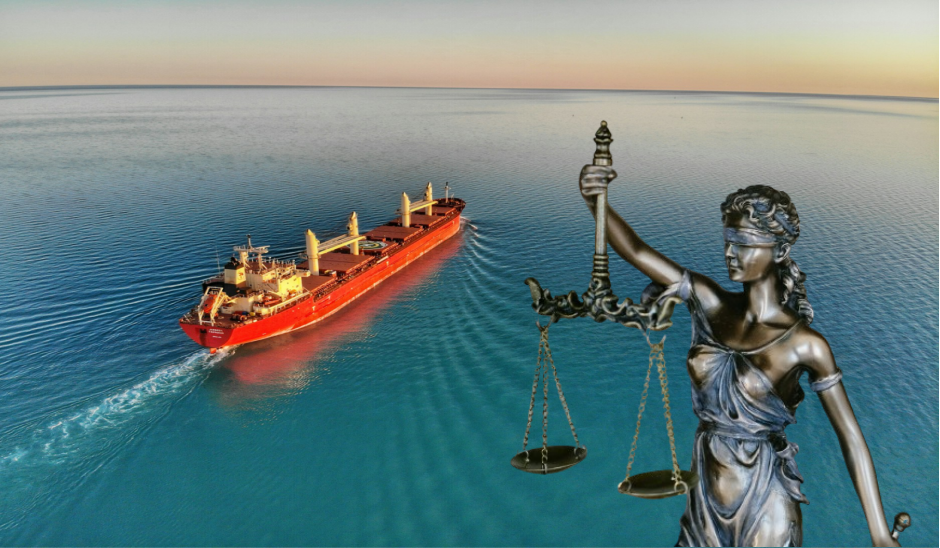
The European Union (EU) has recently expanded its Emission Trading Scheme (ETS) to include the maritime sector, initiating a new set of legal obligations and operational challenges for liners. Effective from 1st January, this expansion encompasses CO2 emissions from cargo and passenger vessels above 5,000 gross tonnage (GT) calling at European Economic Area (EEA) ports, regardless of flag.
On 1st February, the European Commission unveiled a comprehensive list of shipping liners, detailing their International Maritime Organization (IMO) numbers and the countries where they must register and open Maritime Operator Holding Accounts (MOHAs). These MOHAs, held within the Union Registry, facilitate the management of emissions allowances (EUAs) and annual greenhouse gas (GHG) emissions, allowing for EUA transfers and compliance with the ETS Directive.
However, legal clarity has been lacking in the implementation process, with only Denmark having incorporated the amended EU ETS directive into national law. This discrepancy has led to gaps in compliance and enforcement mechanisms across member states, as highlighted in a report by Watson Farley & Williams.
Despite ongoing proceedings against non-compliant states, the EU continues to enforce its regulations. The recent release of the List of shipping companies aims to establish governing authorities for each entity, drawing from data provided by the Thetis MRV platform and the European Maritime Safety Agency. This list, featuring over 2,000 companies, emphasizes that absence does not exempt companies from ETS obligations.
An additional concern revolves around the eligibility criteria for registering as a shipping company, which has remained ambiguous throughout the legislative process. This lack of specificity poses challenges for entities seeking compliance with EU ETS requirements.
Furthermore, a survey conducted by SEA, Maritech Services Limited, indicates that a significant portion of industry stakeholders anticipate direct impacts on their operations due to the new regulations. Cost considerations and route choices emerge as primary influencers of commercial decisions, reflecting the broader implications of EU ETS expansion on business strategies within the maritime sector.
In essence, the integration of the maritime sector into the EU ETS brings forth a complex landscape of legal, operational, and commercial challenges for liners. While efforts are underway to ensure compliance and enforcement, uncertainties persist regarding eligibility criteria and national implementation strategies. As the industry navigates these changes, the influence of EU ETS on business decisions underscores the need for proactive adaptation and strategic planning within the maritime logistics domain.
Source: porttechnology

